

How brands become strong – not how strong brands are.
Nearly four decades since the opening of China’s economy, consumers are beginning to reach a newfound level of sophistication. Valued brands are those willing to invest resources to improve their products or services. “Made in China” is being phased out for a new mentality, one rooted in a desire to innovate.
Meanwhile Chinese netizens are extraordinarily advanced in their digital behavior and are open to many online interactions seen only in China. These new approaches call for digital investment that is integrated at its core with strategy and consumer insights.
Because of China’s unique cultural background and economic dynamics the process of brand building is different here. Even as e-commerce and consumer spending explodes across the nation, there remains permeating question: how have some local Chinese brands grown so strong?
At Labbrand, we believe that branding is not mysterious terminology. It should be translated into tangible actions.
In this five-part series, we will recap our BBA 2015 study with an analysis of five top-performing brands that registered high on our Brand Action Index, 4/5 of which are local to China. Look for this year’s brand-focused research study released annually in September.
What are Branding Actions?
When you hear branding, you may think of the brand name, the logo or visual identity, sometimes even a unique sound or scent. But if we imagine a brand as a person, these are just his basic external characteristics – his name, his appearance, and his voice. Beyond this, a person also has his or her own personality, values, intelligence and aspirations, which equate to the brand positioning and value proposition. And branding doesn’t stop there.
The formation of the word “BRANDING” provides a straightforward definition – a BRAND infused with actions (-ING). Many companies stop at intangible attributes and believe these are enough to define their brand. But if you do not communicate through tangible actions, how far can your brand truly spread?
Brand actions need to be implemented across all touch points: from products to pricing, store location to advertising channels, marketing campaigns to signage, company culture, and more. Most importantly, those touch points should not be considered stand-alone, but should always follow a strategic brand roadmap.
In order to evaluate these actions and guide brand practices, we adopt a four-petal framework that categorizes brand touch points into four dimensions, or “petals”.
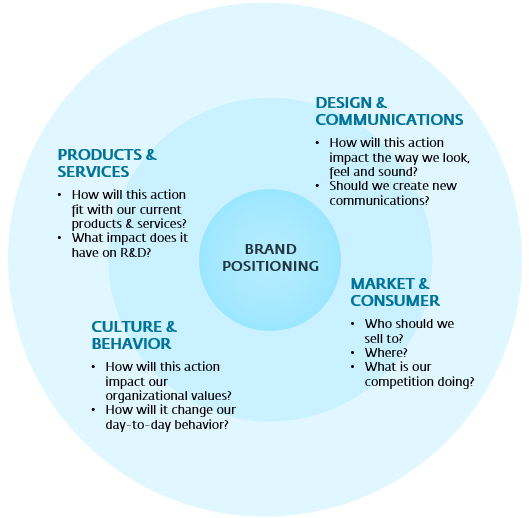
A good branding action is not only able to activate one petal, like launching a generalized brand campaign, but is also able to integrate with actions on other petals, like creating a new product to specifically target an emerging niche market. A brand positioning must consider its implications for all branding petals.
BBA: 2015 Study Recap
With a solid understanding of the economic and cultural context, Labbrand investigated the best practices among strong Chinese brands. In 2015, we surveyed 800 Chinese consumers from 12 cities regarding 8 key industries. The ultimate question: what are the best branding actions of the year?
In this article, we showcase several of the greatest branding actions based on our key findings, and discuss why they are meaningful in the context of brand strategy. We hope that through this rigorous methodology and informed perspective, brands in China and abroad will find inspiration and strength.
Brand: Alibaba
Innovation: Core Business Model
WHY
The Chinese market is big but consumers are fragmented. This fragmentation is visible in many ways, not least in the incredible disparity between consumers in different regions in China – Shanghai local versus Xinjiang local, for example. Although this can imply a challenge for brands, it also nurtures great opportunities. Alibaba has connected these fragments to transform into something powerful.
Alibaba innovates at the core of their brand, thus redefining every petal of the branding framework as they go. Product and services are no longer created solely by the brand, but by consumers too; consumers are also stakeholders; design and communication is realized organically; the brand is driven by a compelling corporate culture, one that values the small and unites all members of the Alibaba community.
HOW
Alibaba started with connecting small to medium businesses across the world. Its well-known sub-brand Taobao established a platform for C2C and B2C business that helps people realize their small business dreams, harnessing the entrepreneurial spirit in China.
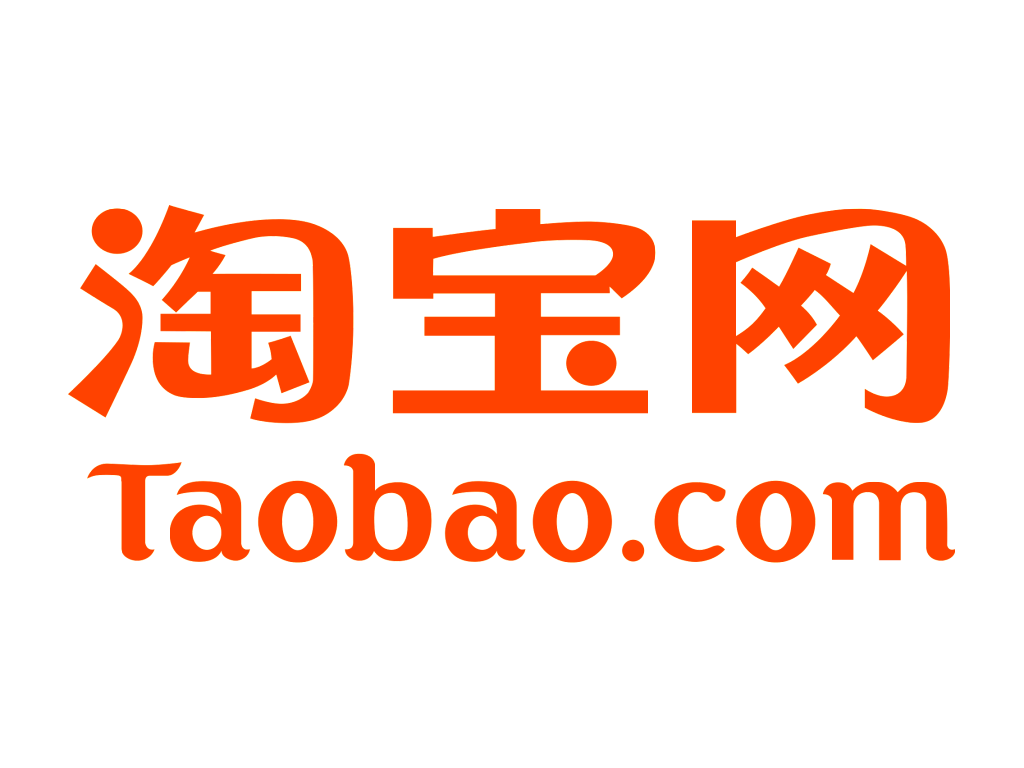
Then they established Yu’ebao, a service that collects consumers’ extra cash in an online digital platform to achieve an unparalleled return on investment. Yulebao, the next innovation, enables consumers to act as movie producers by making small investments in entertainment programs, connecting the stars with the fans that want to participate.
Alibaba next founded Cainiao Logistics to build a powerful network for optimizing small and fragmented logistical resources. During 2015’s Singles Day, this physical network shipped out more than 20 million orders in 24 hours. These small pieces and individual parties connect together to thrive through Alibaba, and Alibaba benefits from their success in return.
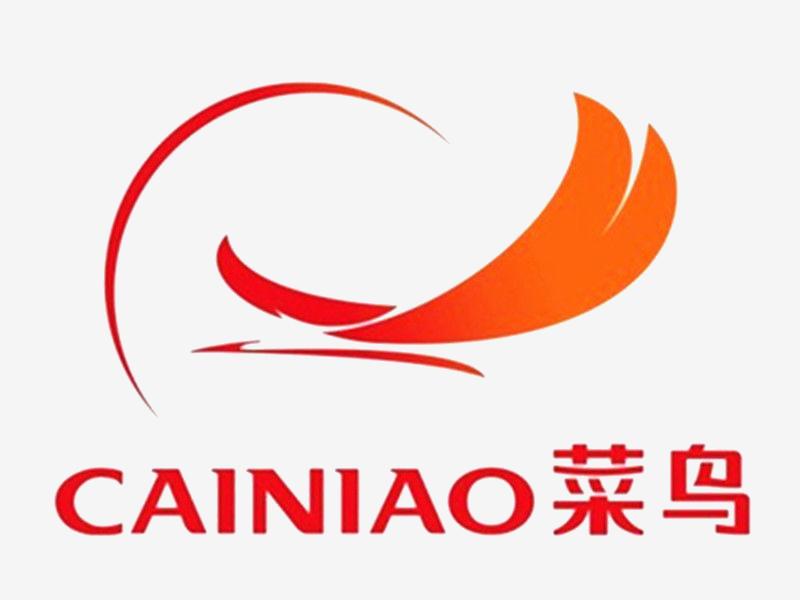
SO WHAT
Alibaba’s success prompts brand owners to look at their business with a critical eye. The rapid development of digital technologies is such that the main revenue drivers – indeed, the core of a brand’s business model – can be actualized almost exclusively through digital innovation. Creating this technology from the ground up can not only transform an individual brand, but the industry as well, as JD and other competitors have been quick to discover.
What can we learn from Alibaba? Connecting the small comes from thinking big. Brands that are brave enough to evolve at the core and create a diffusional impact around the world will be known, used, and loved just as widely.
Brand: Tencent
Innovation: Tencare Doctor Tang
WHY
Product or service innovation keeps a brand’s portfolio fresh. It allows a brand to respond to consumers’ changing needs, beating out the competition through new creations.
Today product and service innovation has obtained new significance that goes beyond these tactical benefits and has long-term strategic implications. The implications for Tencent’s new product aren’t merely about the product itself, but about Tencent’s brand, its partners, and its consumers gradually building an Internet of Things (IoT) together. By doing so, Tencent aims to cultivate strong customer loyalty and establish leadership in emerging categories.
HOW
Zhong An Insurance and online medical community DXY joined with Tencent to launch “Tencare Doctor Tang” – a portable smart blood glucose meter. Similar in appearance to a smart phone, this product not only improved the traditional blood glucose meter by adding an advanced smart system (Tencare OS), it also integrated social aspect by connecting with WeChat and financial aspect by including a medical insurance product. The social component triggers customers’ emotions, and the financial aspect introduces an effective way to generate customer loyalty. The big data then gathered through Tencare OS will then be used for research and product development.
Tencare Doctor Tang is a prime example of Tencent identifying a market that is unexpected for an internet company, yet has enormous potential for growth. Roughly 5% of Chinese diabetics own a blood glucose meter compared with 95% in the United States.
Moreover, the conventional medical companies are struggling to integrate digital into their offerings without scaring their normal customers away. Tencent identified this white space and created a product to meet the need.
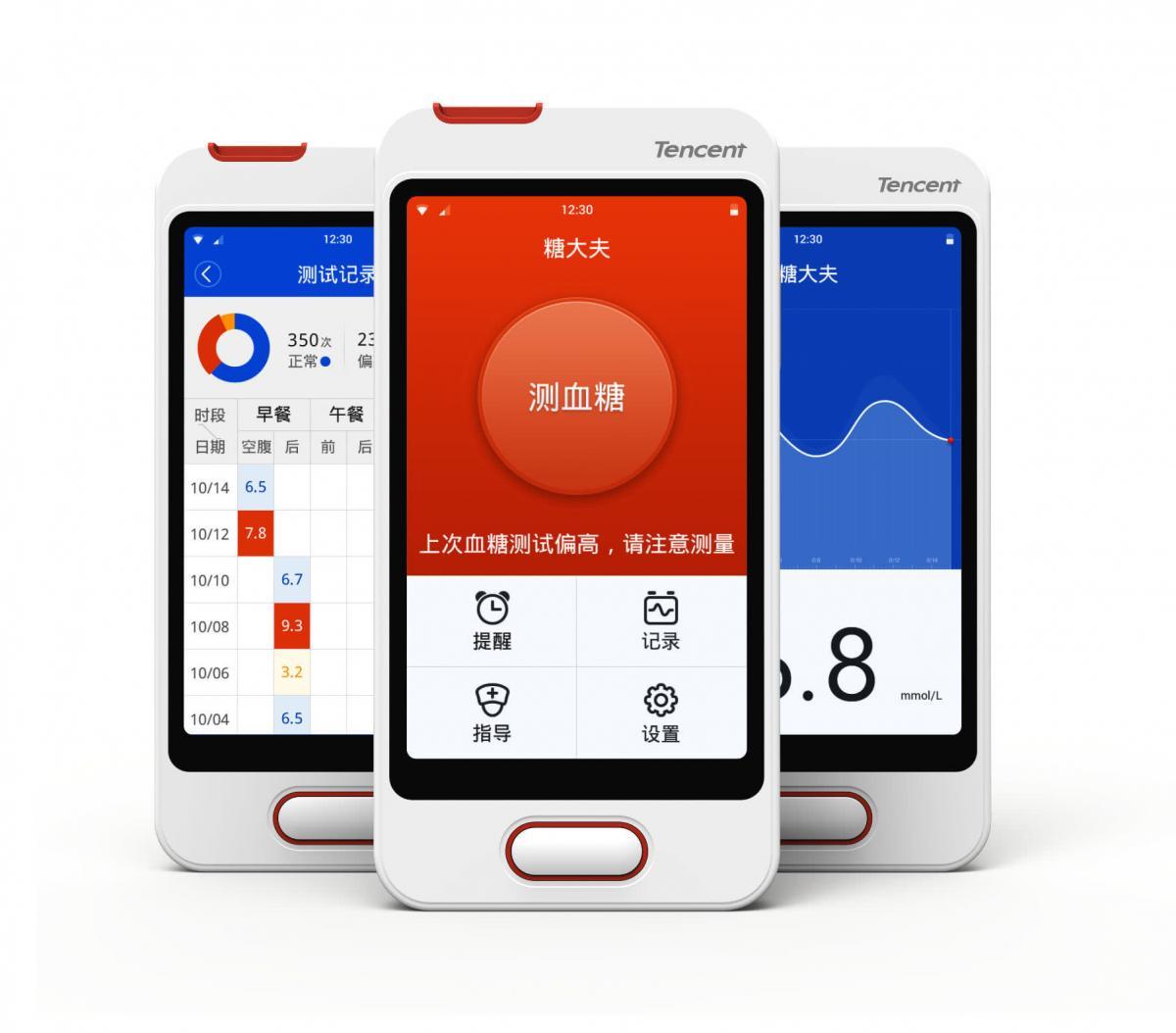
SO WHAT
Brands must adopt such foresight to get ahead. While some brands may prize a “keeping up with the Joneses” mentality, the best way to create a monopoly is to proactively identify market gaps through a broad brand roadmap – one that lays out competitive threats and opportunities for the next five to ten years – and act early to establish your brand in the space. Tencent’s foresight and innovation have allowed them to monopolize a market, one whose health awareness will only grow.
Brand: Baidu, Alibaba, Tencent & Xiaomi
WHY
A brand’s dialogue with its customers often remains largely one-way despite many brand owners’ efforts to change this. Even actions such as interactive campaigns often remain unidirectional and do not last for very long.
BAT’s (Baidu, Alibaba and Tencent) and Xiaomi’s examples demonstrate what can be done to truly unite a brand with its customers towards a new level of co-creation. As a result of their open ears, the levels of customer engagement and loyalty have been compounded.
HOW
In the past few years we saw the emergence of a new concept in China, so-called “IP”. Different from the Intellectual Property meaning, the “IP” used by Chinese netizens is more similar to what is known in the Western world as UGC (user-generated content). However, its expression and effects are quite different than in the West.
Through new ventures, acquisitions and partnerships, BAT now each has their own platforms of online literature, comics and games where consumers create and upload their original content which can then be developed into games, TV and films to be consumed by consumers. In 2014/15, the companies launched film companies that leverage these libraries. Supported by strong, diverse content (literature, comics, games) generated from a database of thousands of content creators, BAT’s film companies will draw directly from the ideas of consumers when deciding the next nationwide hit.
In a way, China’s UGC – especially in the form of online literature – has always been rich and prosperous. But what does this mean for brands? Baidu, Alibaba and Tencent are leveraging it to the fullest by establishing their own ecosystems of “IP” or original content that benefits the consumers, the brand, and ultimately the market.
A similar story can be told about Xiaomi. When the company first started with the Android interface MIUI, a community of Xiaomi customers organically formed to spread knowledge and potential improvements to the community at large. Xiaomi’s weekly updates drew from this dialogue – meaning improvements were plucked right from consumers’ opinions. This co-creation format greatly reinforced Xiaomi’s early fan base and eventually was the baseline for its positioning.
Nowadays, as Xiaomi’s business expands to air purifiers, “hover boards” and other smart devices, the collaborative relationship it had in the early days with its customers has weakened. Their strategy seems to be shifting to a more diversified portfolio of product offerings, and the consumer is the one paying the price. It will be interesting to see how the expanded Xiaomi will position itself in the future.

SO WHAT
The internet-powered consumer world today should inspire brands to look at their customers in a different light. The roles of stakeholder, marketers and consumers are no longer black and white. Through innovative formats such as online communities, co-creation workshops, and UGC, getting consumers involved in the process of creating a product is a highly effective way to build relevance and esteem.
Brand: Huawei
Innovation: A Culture of Success
WHY
With persistence and firm beliefs, Huawei has proven to the world how a Chinese brand can break through in a competitive industry. At the company’s roots, Huawei understands that innovation is fundamental to their product and service offerings. In 2015, the company invested RMB 40.8 billion (USD 6.6 billion) in R&D, surpassing the world’s top tech companies including Apple, Oracle and IBM.
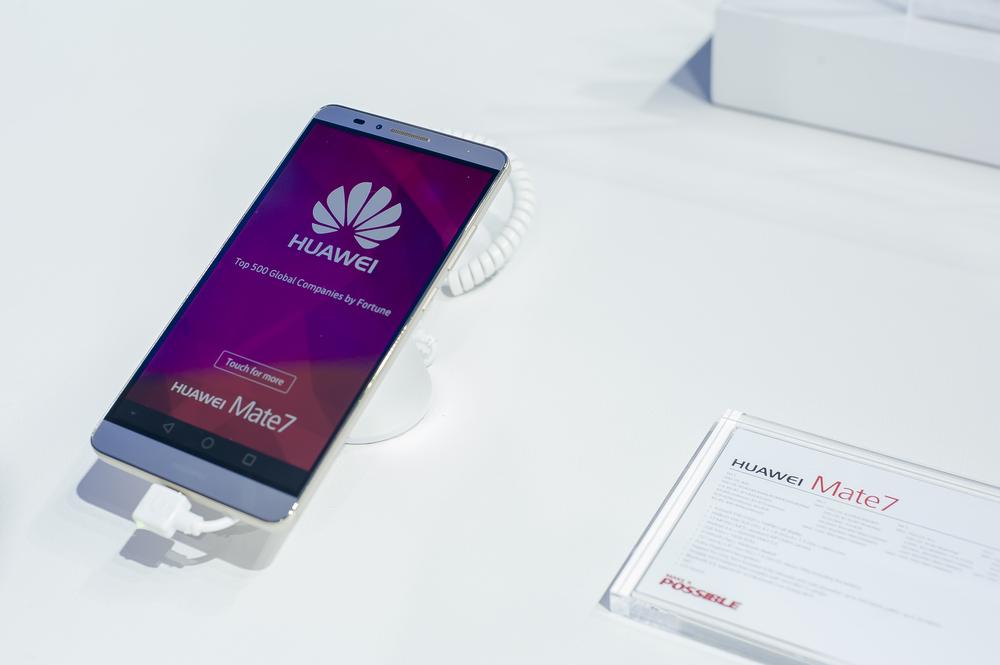
A strong internal culture has been placed alongside R&D since the beginning. Huawei believes that employees are the most important touch point for a brand and focuses heavily on employee training and cultivation. In return, the performance and efficiency is boosted from the inside out.
When a brand has such a strong culture and all members are aligned and working together, visionary goals like becoming the largest smartphone supplier in the world all of a sudden are not that far-fetched.
HOW
Huawei for 25 years has dedicated itself to achieving what it believes in: creating value for its customers through efficiency. Whether efficiency of time, money, or convenience, this idea has been realized through consistent innovation and forms the foundation of the brand’s success. It has strived to develop its own advanced technology and optimized management system by heavily investing in R&D and technological maintenance, and now has 16 research institutes around the world with45% of its employees working on product and solution development.
These employees are highly valued and a unique force. Interestingly, they share the ownership of the company. According to Financial Times, over 50% of Huawei’s employees hold a total of nearly 99% of Huawei’s stock, leaving the CEO Ren Zhengfei only a little over 1%.
Secondly, employees go through specific training and coaching programs. All receive centralized training on company culture, policies and specialized knowledge before beginning their work. Moreover, Huawei’s detailed, structured policies lay out clearly defined rules for positional objectives, responsibilities, and promotions that allow for maximum efficiency.
The crux of Huawei’s managerial flair comes from a combination of eastern and western practices, and also from military thinking, operational development, and unique regional cultures.
SO WHAT
Brand positioning and value propositions should not only be communicated outwardly, but built internally as well. Many brands in China are unsure of how to foster company culture and behavior in a sustainable way, distracted by eye-catching “sexy” marketing and advertising trends.
A brand should never forget that employees are the most tangible and personable touch points available. Systematic planning of internal brand engagement programs is an effective way to create a deeper connection between your employees and your brand. As Huawei now expands into the B2C space, this brand ambassador culture will hit the center stage.
Brand: Nike
Innovation: Nike+ Run Club
WHY
The design and communication of many Chinese and global brands has been a pain point for brands in recent years. But it is not often enough that these designs are brand-minded and targeting a specific segment with a specific purpose.
Nike has identified an upcoming group of young consumers in China who are both digitally savvy and health conscious. This should come as no surprise. Noteworthy is how the brand communicates to them: Nike has created a journey and ecosystem designed specifically for this segment of Chinese consumer. Through a series of touch points ranging from social media to integrated marketing campaigns, Nike has designed a habit in its consumers of spontaneous yet consistent interaction.
HOW
Nike’s digital initiatives, themed Nike+ Run Club, are all centralized around one core value proposition. On WeChat, the brand has created a Nike+ Run Club service account, providing useful tips and interactive mini-games to get people going. Through LBS technology users can form running groups with nearby enthusiasts and organize offline group activities on their own. And of course countless of users log on to Nike+ Running every day to log in their performance and share with their friends on a multitude of platforms.
The content of the Nike+ Run Club is carefully tailored to its customers’ interests. For example, before the 2015 Shanghai Marathon, the official WeChat account created interesting content such as the “best routes to train”. A special “Can’t Stop Shanghai” campaign was launched by the brand both online and offline to generate excitement for the event. Right after the marathon, Nike launched an initiative where participants could find the moment when they crossed the finished line, and share it with family and friends.
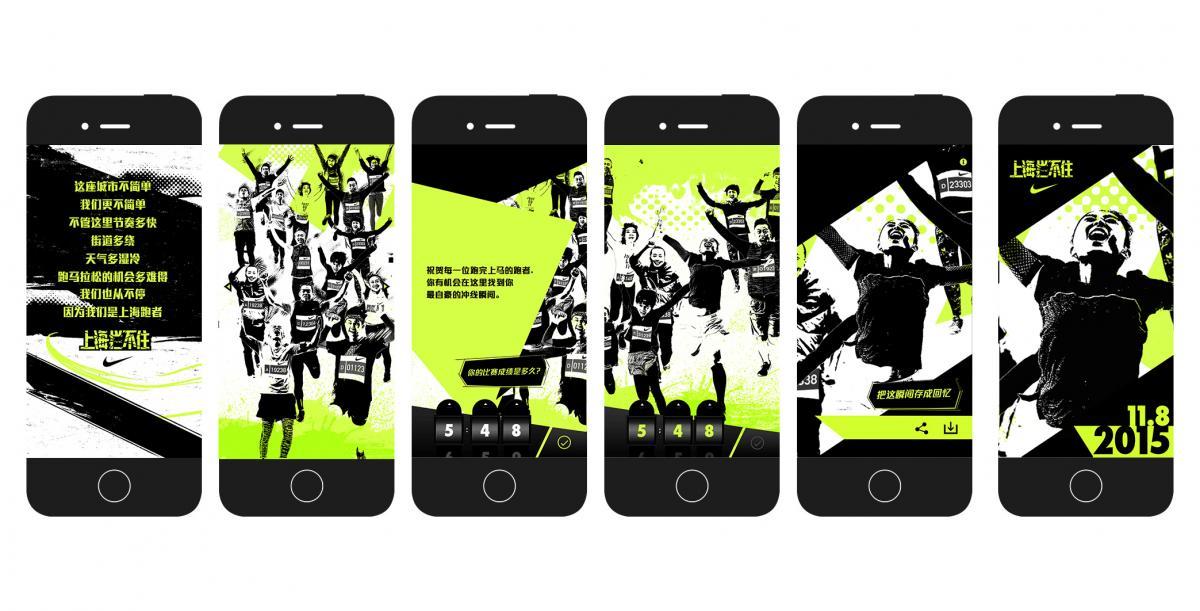

SO WHAT
Different from the traditional “push” approach popular not too long ago, Nike adopts a soft approach that strategically reaches consumers on the touch points that matter the most, at the precise time it matters the most. The end result is a manifestation of what brands can achieve by creating an organic, comprehensive and intriguing journey. Nike’s brand knowledge has never been higher.
Key Takeaway: Digital Innovations Is the Bridge between Branding Actions
From the practices of Alibaba, Tencent, and Nike, to the products of Huawei and Xiaomi, we are given a glimpse of the potential for digital innovation. As our technology increases and consumers become more advanced along with it, brands that do not utilize digital touchpoints become less relevant and eventually obsolete.
The increasingly sophisticated digital age we find ourselves in calls for a new approach to digital investment: one in which strategy and customer insights are integrated together with new technologies and applications, to bring forward coherent vision for branding innovation.
This is especially true for China. Huawei’s technology, Xiaomi’s intimacy through a digital forum, Tencent’s product innovation, Alibaba’s evolving business model, even Nike’s Nike+Run movement – all are fresh digital innovations and unique to the Chinese market. While these brands are certainly stealing the show now, the greater implications come through looking forward. These advances are only page one of a brand development plan that will pave the way for many future evolutions and iterations of branding innovations.
We are excited to be at the front row of this bright future, as we reflect deeply how these brands became strong. Labbrand is committed to continuously tracking the best branding actions in the Chinese market, as perceived by consumers and interpreted by us.
The 2016 edition of Best Branding Actions report by Labbrand will be published in September 2016. Stay tuned!
A Labbrand Group Company © 2005-2024 Labbrand All rights reserved
沪ICP备17001253号-3* Will be used in accordance with our Privacy Policy
To improve your experience, we use cookies to provide social media features, offer you content that targets your particular interests, and analyse the performance of our advertising campaigns. By clicking on “Accept” you consent to all cookies. You also have the option to click “Reject” to limit the use of certain types of cookies. Please be aware that rejecting cookies may affect your website browsing experience and limit the use of some personalised features.